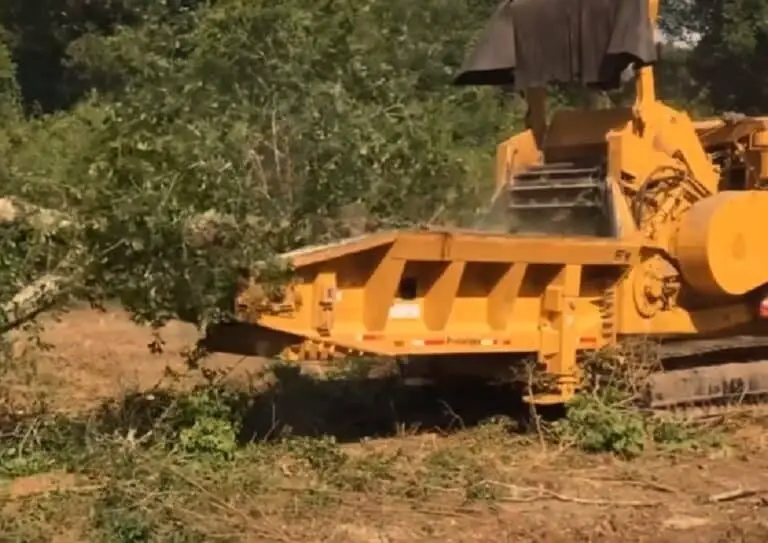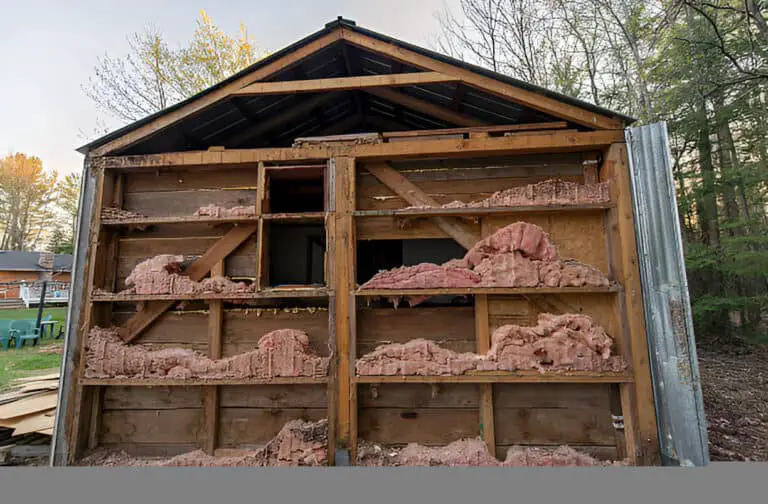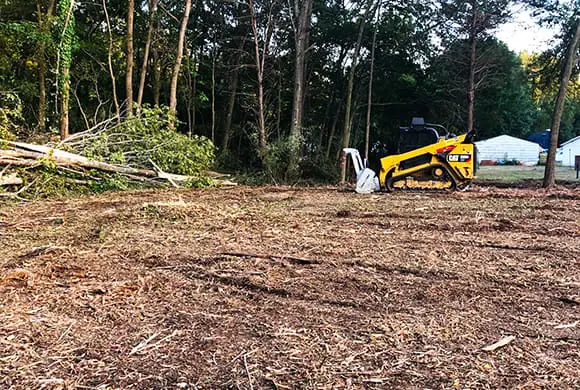What to Do After Forestry Mulching? (How to Clean Up After Mulching?)
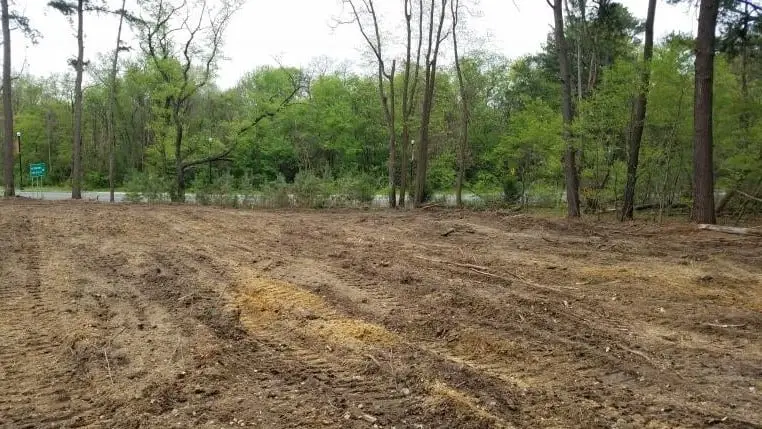
Forestry mulching is a process that uses a machine to grind down trees and brush them into small pieces. You may be considering forestry mulching. It is for managing overgrown pasture and encouraging healthy regrowth. The mulch created can be used for a variety of purposes, such as landscaping, erosion control, or animal bedding.
The benefits of forestry mulching are many and can be seen in both the environment and the economy. Forestry mulching is an important part of forestry management.
The main downside of mulching is that it can be messy. When mulching is done incorrectly, it might end up being harmful to the soil and to future plants.
So in this article, we will guide you on the next step to take after mulching. There are many important aspects to cleaning up after mulching. It is essential to know what to do after mulching is completed.
What is Forestry mulching?
Forestry Mulching is a modern land clearing technique that shreds grass, trees, and bushes with specialized equipment. Forestry mulching is now an accepted practice. It controls and manages woody plants.
This method of land clearing is eco-friendly and highly beneficial to the environment. No soil or tree root disruption occurs. There is no burning or hauling, as with traditional land clearing. This preserves the potential for healthy pasture regrowth.
Forestry Mulching has also reduced the need for heavy machinery. These include bulldozers and excavators to be brought in. These larger machines are more likely to cause soil compaction and erosion, as well as require permits.
What To Do After Forestry Mulching?
Mulching is great for clearing land for forestry. But cleaning up after forestry mulching is tough, especially when preparing land for pasture. If done incorrectly, it can be a mess.
Here are a few things that need to be done after the mulching is complete in order to maximize the benefits of the process:
1. All the debris from the mulching process needs to be cleared away. This includes leaves, branches, and tree stumps, which can rot and provide nutrients for saplings and pasture regrowth. Removing this debris will make it easier to work on the land and will also help to avoid any potential hazards.
2. The areas that have been mulched should be monitored for erosion. If necessary, additional stabilization measures should be taken to prevent erosion. The mulch should also be checked to ensure that it is covering the ground evenly.
3. It is important to fertilize and water the area where the mulching took place. This will help to promote new growth and keep the soil healthy.
4. Keep an eye on the area for signs of pests or disease. If any problems arise, they should be treated as soon as possible in order to prevent further damage.
5. When you’re done, remove any large chunks of debris from the area so that it doesn’t get into your streams and rivers. What you can do to help protect your local streams and rivers.
Mulch Benefits and Uses
Mulch is a material that is spread on the ground to cover and protect the soil, promoting the growth of pasture and preventing overgrowth. It can be made from many materials, such as compost, straw, leaves, or shredded bark. Mulch has many benefits. It helps keep soil moist, stops weeds, and prevents erosion.
Some types of mulch can be used for a variety of purposes. For example, pine needle mulch can be used as an ornamental addition to your landscape, and birdseed can be used as bird food.
However, there are some other types of mulch that have a more specific use. For example, blue spruce bark mulch is used to cover bare soil around trees to protect the tree from predators and damage from snow and cold weather.
Another type of mulch is known as green manure. This type of mulch is used as a soil amendment that helps to add nutrients back into your soil. Mulch that has been made from wood chips, compost, or leaves works well for this purpose.
How Long Does Forestry Mulch Take To Decompose?
One question that people often ask is how long it takes mulch to decompose. The answer depends on the type of mulch and the climate conditions. Another factor that can affect how fast mulch decomposes is the type of mulch.
Some mulches retain more water. Others are better at stopping weeds. Both are crucial for healthy pastures.
In general, shredded bark mulch takes longer to decompose than other types of mulch. In warm climates, it can take up to two years for shredded bark mulch to break down completely. In cold climates, it may take up to four years.
How to Speed Up Decomposition Of Mulch?
One of the benefits of mulching is that it speeds up the decomposition of organic matter. The rate at which this process happens, however, depends on a number of factors, including the type of mulch, the climate, and the soil conditions. In general, though, adding mulch to your garden will help speed up decomposition.
There are several things you can do to speed up decomposition even more. One is to mix the mulch with soil before applying it to your garden. This helps make a good environment for microorganisms. They break down organic matter, which is vital for pasture regrowth.
Additionally, you can regularly water your garden; this gives microorganisms the moisture they require and hastens decomposition.
In addition, you can add compost or other organic matter to your garden or soil yearly, using lime to adjust the pH or a box blade to smooth out the area. It is also beneficial to harvest grass clippings, weeds, and leaves from your lawn during the fall and compost them. This will provide a steady source of organic matter for your garden. These materials won’t pose any threat to you or your family, as long as they are not toxic.
How Long Wood Chips To Break Down?
Wood chips are a popular mulch for gardens and yards. They are available in different colors, depending on the type of wood they are made from and can be purchased at most home improvement stores. Wood chips break down over time, but how long does it take for them to break down completely?
The answer to this question depends on a few factors, including the size of the wood chips and the climate. In general, however, it will take anywhere from a few months to a year for wood chips to decompose completely, enriching the soil for pasture or sapling growth.
If you are using them as mulch, be sure to reapply them every few months so that your plants have access to the nutrients they need.
What Does a Forestry Mulcher Do?
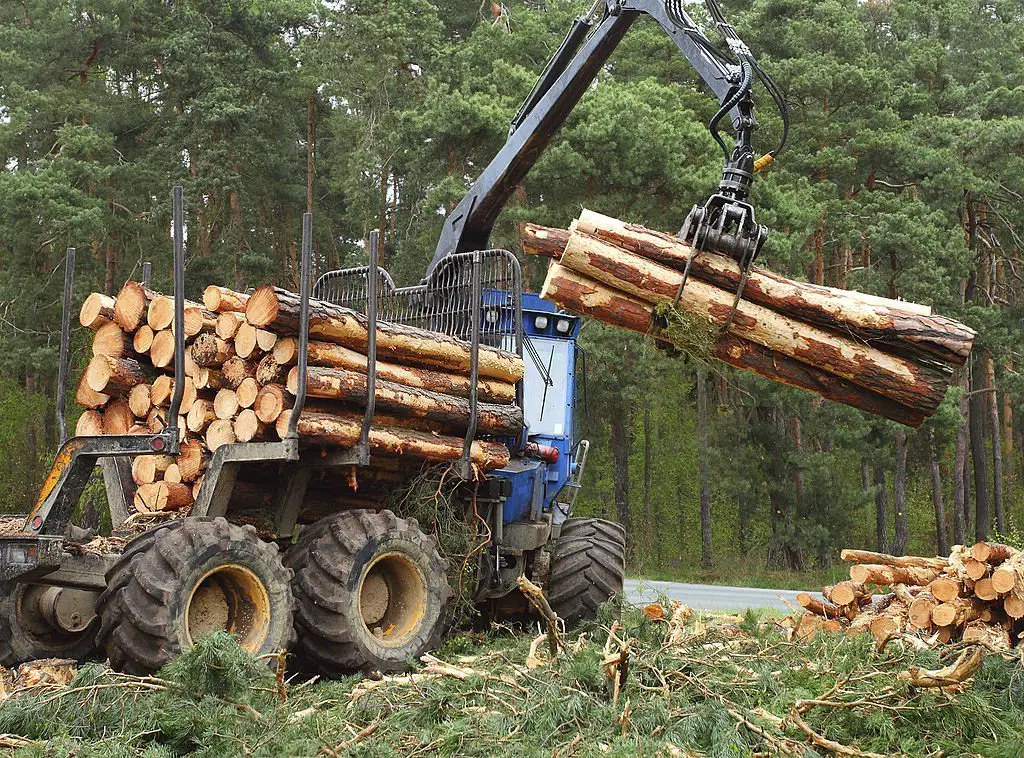
Forestry mulcher help to keep the soil moist and healthy, and to prevent erosion. There are different types of mulching machines, each of which has its own advantages and disadvantages.
When you are looking to clear a piece of land, there are many ways to do so. One popular option is to use a forestry mulcher.
A forestry mulcher is a heavy piece of machinery that is used to clear large areas of forest. It does this by chopping down the trees and then grinding them up into small pieces.
This piece of equipment can be used to grind down tree stumps and other debris.
However, some people are unsure if a forestry mulcher can handle grinding up stumps.
A forestry mulcher can definitely grind up stumps. In fact, it is one of the main things that these machines are designed to do, including aiding in the regrowth of healthy pastures. They can quickly and easily remove any stumps in the area, making it much easier for you to work on the land.
This mulcher can also be used to clear land for other purposes, such as building a new home or constructing a road.
If you are thinking about using a forestry mulcher to clear your land, be sure to keep in mind the power of the machine. It makes your job much easier, especially when you have to till the soil or manage pasture.
How Many Acres Can A Forestry Mulcher Clear In A Day?
Forestry mulchers are used to clear trees and underbrush from an area. They are often used in forestry and land reclamation projects. How many acres can a forestry mulcher clear in a day, especially when preparing land for pasture or preventing overgrowth?
A forestry mulcher can clear around 1–4 acres in a day. However, the number of acres that can be cleared depends on the size of the mulcher, the type of terrain, and the density of the trees and underbrush.
A forestry mulcher is a heavy piece of machinery that can weigh up to 50,000 pounds. It has a rotating drum with teeth, or blades, that chops up trees and underbrush. The drum can run on either a diesel engine or an electric motor, making it adaptable for many uses, including pasture management.
People use forestry mulchers for many purposes. These include land reclamation, road building, fire prevention, and improving wildlife habitat.
Is Land Clearing the Same as Deforestation?
Land clearing and deforestation are frequently thought of as the same thing, but they are not actually the same.
Land clearing is the process of removing trees and other vegetation from an area in order to prepare it for use. Deforestation, on the other hand, is the clear-cutting of forests, which can lead to a loss of biodiversity and habitat.
So, what’s the difference between land clearing and deforestation?
In short, land clearing is a necessary precursor to deforestation. Clearing an area of trees and other vegetation makes it easier to log or farm that land, which is why it’s often done in preparation for development.
Deforestation, on the other hand, refers to the actual destruction of forests. It can happen inadvertently when land is cleared for other purposes.
It’s important to note that not all land clearing is bad news for the environment.
What Happens When Vegetation Is Cleared?
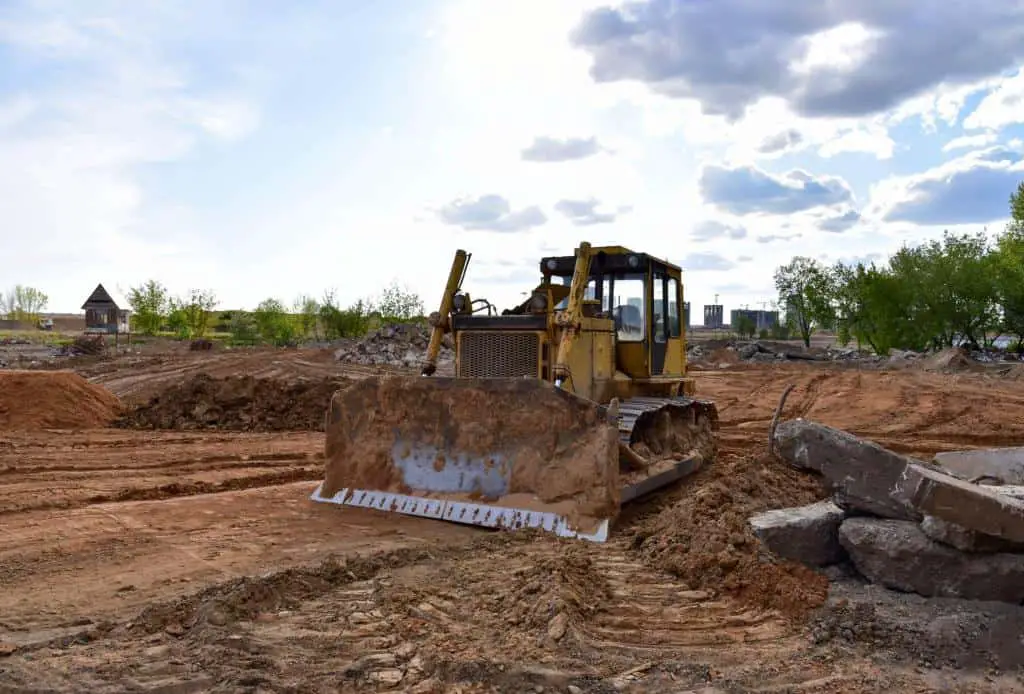
When vegetation is cleared, a number of things can happen. First, the cleared land can become hotter due to the lack of shade and the exposed soil. This can lead to more evaporation and less water infiltration. It can harm the area’s plants and animals.
Additionally, cleared land can be more prone to erosion, especially if it is windy or rainy. This can lead to sedimentation in nearby waterways and decreased water quality.
Land clearing can also harm local ecosystems. It reduces habitat and breaks up animal and plant populations.
While clear-cutting can be a useful management tool for many reasons, it should not be used as a way to improve the climate. Clear-cutting is likely to worsen the climate by reducing carbon storage and increasing evaporation.
Conclusion
In conclusion, forestry mulching is a great way to clear land and create new habitats. It is important to remember to take into account the environmental impact of forestry mulching before starting a project.
There are several ways to clear vegetation with forestry mulching. One way is to clear an area by cutting down all the trees and shrubs and then spreading mulch over the area. This will kill any remaining plants and prevent new growth.
Cleared land also harms local ecosystems. It reduces habitat and splits populations of animals and plants. While clear-cutting can be a useful management tool for many reasons, it should not be used as a way to improve the climate.
FAQs
How do I clean up after forestry mulching?
Cleaning up after forestry mulching involves removing debris, such as branches and stumps. Then, rake the area to level the ground. Possibly, add topsoil for reseeding or planting.
Should I remove the mulch left behind after forestry mulching?
It’s not necessary to remove all the mulch, as it can act as a natural ground cover. However, you may choose to remove excess mulch to prepare the area for planting.
Can I plant immediately after forestry mulching?
In most cases, you can plant immediately after forestry mulching. But it’s important to prepare the soil properly and choose plants that are suitable for the newly cleared area.
How long does it take for the soil to recover after forestry mulching?
The soil can recover fast after mulching. This is true if you care for it. It may take several months to a year for the soil to fully recover, depending on the extent of the mulching.
What steps should I take to ensure successful reforestation after forestry mulching?
To ensure successful reforestation, we must prepare the soil. We must select the right tree species and plant at the best time. We must also give ongoing care, such as watering and weed control.


